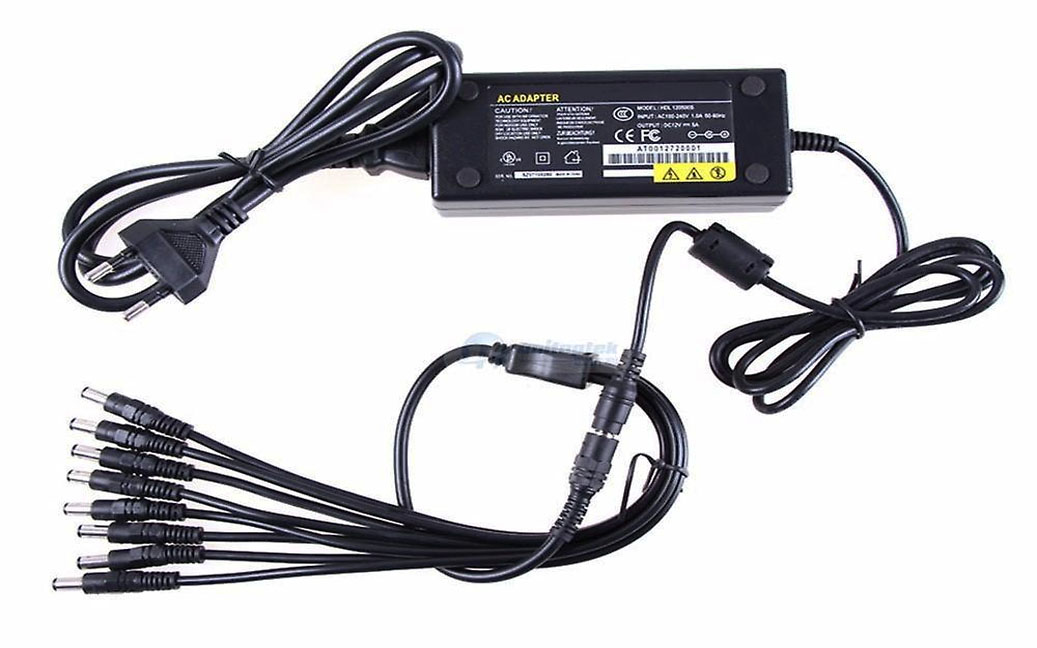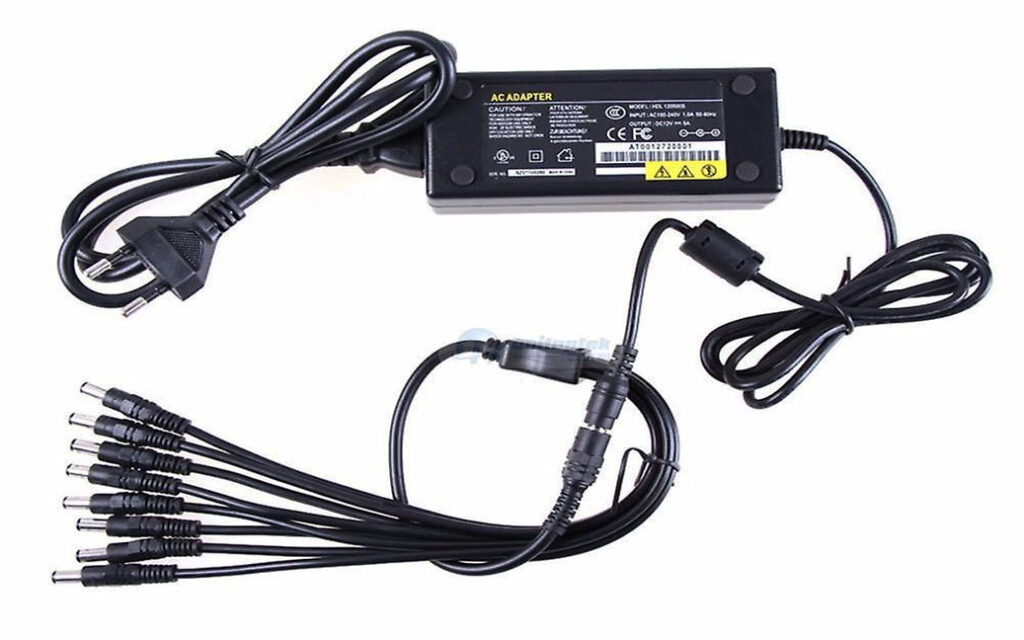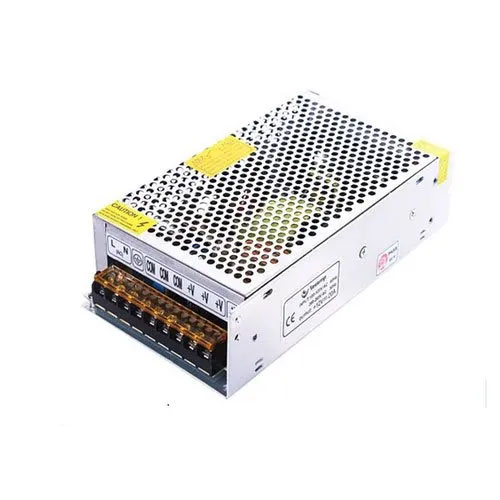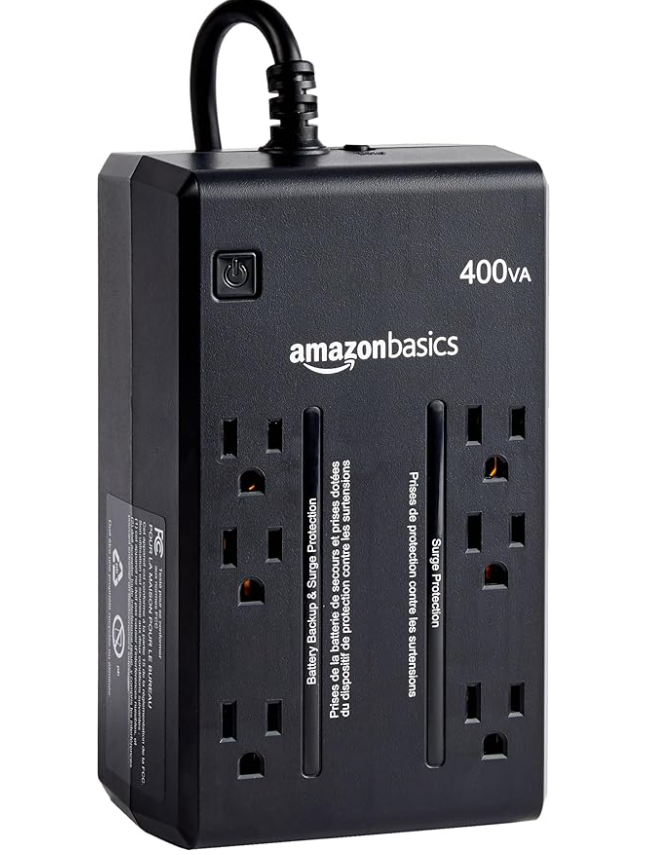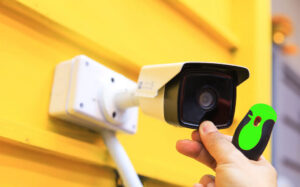CCTV cameras have become an integral part of modern security systems, providing surveillance and peace of mind in residential, commercial, and public spaces. However, an often overlooked aspect of these systems is the power supply. The power supply for CCTV cameras is crucial for their optimal performance and longevity. This comprehensive guide will delve into the various aspects of CCTV camera power supplies, including types, specifications, installation tips, and troubleshooting.
Table of Contents
What is a CCTV Camera Power Supply?
Definition and Importance
A CCTV Camera Power Supplies is a device that provides the necessary electrical power to operate the camera. It ensures that the camera functions correctly, capturing and transmitting video footage to the recording device or monitor. Without a reliable power supply, even the best CCTV cameras cannot function effectively.
Types of CCTV Camera Power Supplies
There are several types of power supplies used for CCTV cameras, each with its unique features and applications:
1. Individual Power Adapters
These are the most common type of power supplies, typically providing 12V DC power to individual cameras. They are straightforward to use and are often included with the camera.
2. Multi-Camera Power Supplies
These CCTV Camera Power Supplies can power multiple cameras simultaneously. They usually come in a box with multiple outputs, making it easier to manage and distribute power to several cameras.
3. Power over Ethernet (PoE)
PoE technology allows CCTV cameras to receive power and data through a single Ethernet cable. This method is particularly useful for IP cameras, simplifying installation and reducing cable clutter.
4. Uninterruptible Power Supply (UPS)
A UPS provides backup power in case of a power outage, ensuring that the CCTV cameras continue to function during power interruptions. This is crucial for maintaining continuous surveillance.
Specifications of CCTV Camera Power Supplies
Voltage and Current
The most common voltage for CCTV cameras is 12V DC, although some cameras may require 24V AC. It’s essential to check the camera’s specifications to ensure the power supply matches its requirements. The current rating (measured in amperes) is also important, as insufficient current can lead to malfunctioning cameras.
Connector Types
CCTV cameras typically use barrel connectors for power. The most common sizes are 2.1mm and 2.5mm. Ensuring the connector matches the camera’s power input is crucial for a secure connection.
Regulated vs. Unregulated Power Supplies
Regulated power supplies provide a constant voltage output, regardless of variations in input voltage. Unregulated power supplies, on the other hand, can vary in output voltage, potentially causing damage to sensitive electronic components. Using a regulated power supply is recommended for CCTV cameras to ensure stable performance.
Installing CCTV Camera Power Supplies
Planning and Layout
Proper planning is essential for a successful installation. Determine the number of cameras, their locations, and the length of power cables required. Consider using multi-camera power supplies or PoE switches to simplify cable management.
Cable Management
Organized cable management is crucial for maintaining a clean and efficient installation. Use cable ties and conduits to keep power cables neatly arranged and protected from damage.
Power Supply Placement
Place the power supply in a central location, close to the cameras, to minimize voltage drop over long cable runs. For PoE setups, ensure the Ethernet switch is positioned within the recommended distance from the cameras.
Safety Precautions
When installing power supplies, follow safety guidelines to prevent electrical hazards. Turn off the power before making connections, and ensure all cables and connectors are properly insulated.
Troubleshooting Common Issues
Camera Not Powering On
If a camera fails to power on, check the power supply connection and ensure the voltage and current ratings match the camera’s requirements. Test the CCTV Camera Power Supplies with a multimeter to verify its output.
Intermittent Power Loss
Intermittent power loss can result from loose connections or inadequate power supply. Inspect all connectors and cables for signs of damage or wear. Consider using a UPS to provide stable power during fluctuations.
Overheating
Overheating can occur if the power supply is overloaded or placed in a poorly ventilated area. Ensure the power supply is adequately rated for the number of cameras and positioned in a cool, well-ventilated space.
Noise and Interference
Electrical noise and interference can affect the video quality of CCTV cameras. Use high-quality power supplies and cables to minimize interference. Keep power cables away from other electrical devices and sources of electromagnetic interference.
Enhancing CCTV System Reliability
Regular Maintenance
Regular maintenance of the power CCTV Camera Power Supplies and associated components is crucial for ensuring reliable operation. Inspect cables and connectors periodically for signs of wear or damage, and replace any faulty components promptly.
Surge Protection
Surge protectors can safeguard CCTV Camera Power Supplies from voltage spikes caused by lightning or electrical faults. Install surge protection devices to protect your surveillance system from damage.
Backup Power Solutions
Incorporating a UPS into your CCTV system ensures continuous operation during power outages. For extended backup, consider using a generator or solar power system to provide uninterrupted power to your cameras.
Conclusion
A reliable CCTV Camera Power Supplies is fundamental to the performance and longevity of CCTV cameras. By understanding the different types of power supplies, their specifications, and proper installation techniques, you can ensure your surveillance system operates efficiently and effectively. Regular maintenance and the use of surge protection and backup power solutions further enhance the reliability of your CCTV system, providing peace of mind and continuous security.
Investing time and effort into selecting and maintaining the right power supply for your CCTV cameras pays off in the long run, ensuring that your surveillance system remains operational and effective in safeguarding your property.

